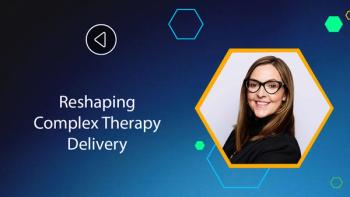
Orphan Drug Market to Reach $176 Billion by 2020, Says Report
By 2020, orphan drugs are expected to account for 19 percent of the total share of prescription drug sales excluding generics, reaching $176 billion in annual sales, according to EvaluatePharma’s Orphan Drug Report 2014.
By 2020, orphan drugs are expected to account for 19 percent of the total share of prescription drug sales excluding generics, reaching $176 billion in annual sales, according to EvaluatePharma’s
In 2014, the average orphan drug cost per patient per year was $137,782, compared to an average of $20,875 for a non-orphan drug. Evaluate’s Head of Research Anthony Raeside, commented: “Orphan drugs are no longer a niche segment of the market and are projected to account for 19 percent of the prescription drug market by 2020. Although orphan populations are by definition the smallest, they represent big per-patient outlays, and insurers will be looking carefully at new tools to arrest cost growth as more and more orphan drugs launch.”
Some of the report’s findings include:
- A record 260 orphan drug designations were granted in the US in 2013.
- Vertex’ VX-809 in combination with Kalydeco was 2013’s most valuable R&D orphan drug based on NPV, while Pharmacyclics’ Imbruvica ranked as the most promising new orphan drug approved by the FDA in 2013.
- Bristol-Myers Squibb is set to leapfrog Novartis as the leader in orphan drug sales in 2020 thanks to cancer immunotherapeutic Opdivo.
- Phase III orphan drug development cost is half that of non-orphans but development time for orphans is not shorter than for non-orphan drugs.
- Anticipated return on investment for a Phase III / filed orphan drug is 1.89 times greater than for a non-orphan drug.
For further information,
Newsletter
Lead with insight with the Pharmaceutical Executive newsletter, featuring strategic analysis, leadership trends, and market intelligence for biopharma decision-makers.




